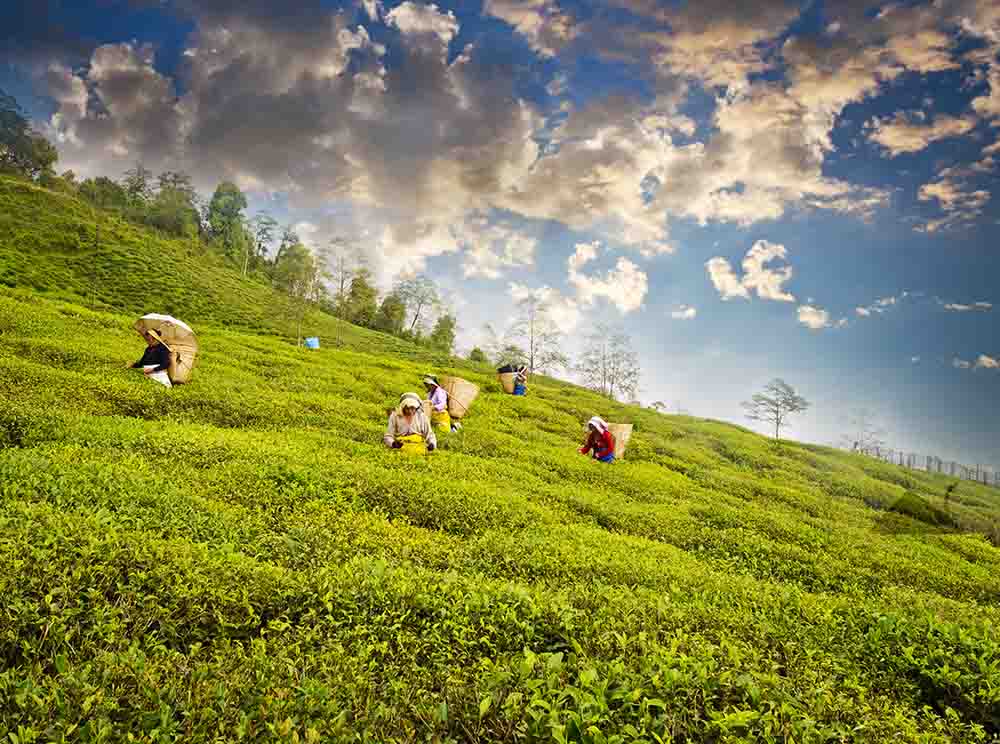The World Bank has pledged $100 million towards transforming the socio-economic status of rural communities in Sikkim, their women and youth, and those outside the agricultural sector.
With a total cost of $269.74 million, this project, titled Integrated Service Provision and Innovation for Rural Economies Program, aims to promote economic inclusion opportunities for women and youth in the non-farming sector. According to the World Bank’s project information, Sikkim has attained remarkable economic growth in terms of sustainable development outcomes. Although industrial sectors like tourism, pharmaceuticals and hydropower have witnessed impressive growth rates, the corresponding shift in employment has been slow.

Despite significant economic progress in non-farming sectors, over 70 per cent of Sikkim’s work force is still employed in the agricultural sector. The disparity between output and employment transformation for women and youth poses a potential hindrance to the state’s sustainable growth. While the female labour force participation (FLFP) is at 58 per cent, half of the women in the age group of 15-29 are employed in agriculture and related occupations, compared to 20 per cent of men. The urban FLFP for women stands at 34 per cent, much lower than the rural FLFP rate of 64 per cent.
Compared to the national average, Sikkim has a lower unemployment rate for its youth population, although a majority of them are still employed in agriculture.
The World Bank aims to address these disparities and close the gap between the aspirations of women and youth, and the available jobs in Sikkim.